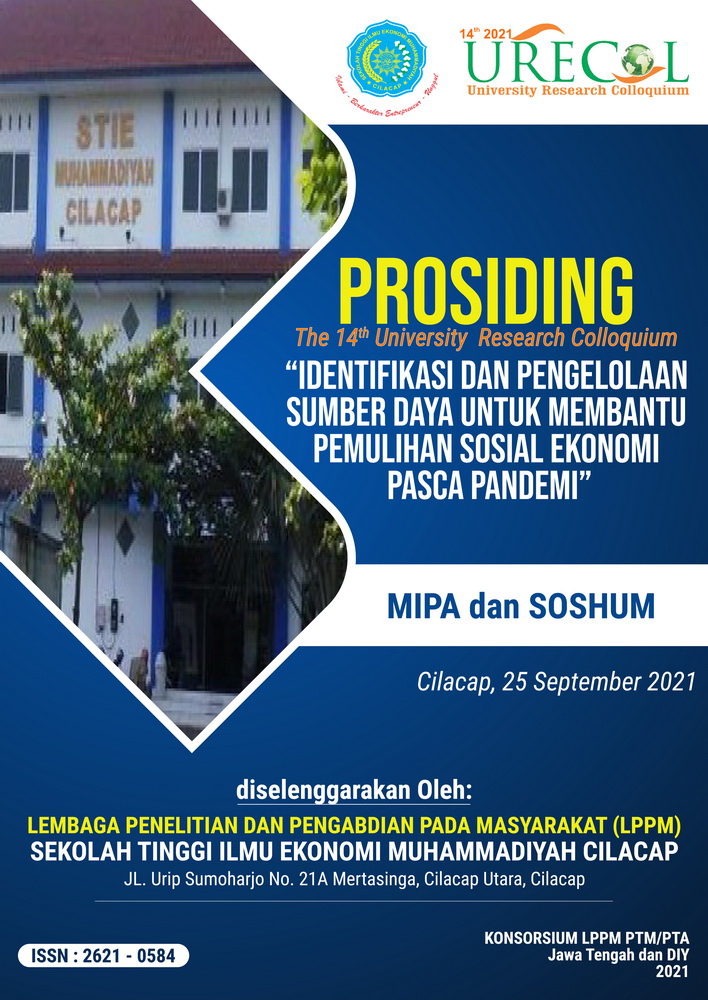The Construction of Smoking Addiction Scale in Adolescents
Abstract
The purpose and benefits of this research is to develop an instrument used to measure
psychological attributes and it is hoped that this scale can be used for further research.
Addiction is a form of psychological dependence between a person and a stimulus, which
is usually not always an object or substance. There are two aspects in this scale, namely
the psychological aspect and the physical aspect. The stages of Scale Development start
from setting the measurement objectives, confirming the measuring area, and
psychometric testing. Furthermore, item writing includes the selection of the stimulus
format, the selection of the response format, the writing of items: rules, item testing. Then
the psychometric test. The subjects of this study consisted of 53 male adolescent
respondents who smoked and were aged 13-19 years old, domiciled in the City/Regency of
Magelang. The way to collect this research data is through an online survey. The results
of the content validity test by referring to the Aiken's V formula with a V value of 0.9, there
are 9 items that are good because the results have reached 0.9. And as many as 20 items
that must be revised because V is close to 0.9. Based on the results of the reliability test,
Cronbach's alpha was 0.957, which means the item is very good. The smoking addiction
scale in adolescents was developed and produced 60 items, then a reliability test was
carried out using SPSS statistic 22 software so that the final result of this scale was that
there were 20 items that could represent the construct being measured.
Downloads
Published
How to Cite
Issue
Section
License
Copyright (c) 2021 Dwiki Nardian Putra, Sofiyyatuw Wakhidah, Afifah Tiara Briliani, Afifah Dwi Pramesti, Anas Adha Saputra, Icha Putri Kusuma,, Aftina Nurul Husna

This work is licensed under a Creative Commons Attribution-NonCommercial 4.0 International License.



